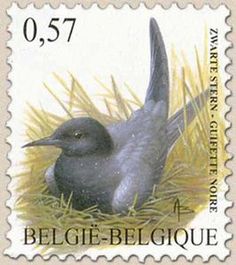The once-abundant black tern (Chlidonias niger) is far less abundant in Great Lakes wetlands. And there’s a high risk that more colonies will be abandoned, according to a new study. Since 1991, the number of active black tern colonies has plummeted nearly 90 percent, the study found. “Decline of black terns in the Great Lakes region has been severe, and preventing abandonment of remaining colonies is an important stop-gap measure for maintaining the bird’s presence until the causes of its decline are better understood,” study authors Katherine Wyman and Francesca Cuthbert of the University of Minnesota wrote. In Michigan, black terns are “not doing well,” and the Department of Natural Resources has listed them as a species of “special concern,” said Rachelle Roake, the Michigan Audubon Society’s conservation science coordinator. Bird survey data show generally a 3-to-8 percent annual decline since the 1960s, Roake said. She cautions that survey data is more difficult to collect for waterbirds like the terns. Terns, which feed on fish and insects, generally nest in deep-water wetlands colonies with two to 50 breeding pairs.
Source: Record Eagle, Dec 28, 2017
http://www.record-eagle.com/news/local_news/black-tern-numbers-plummet/…

- Login om te reageren
